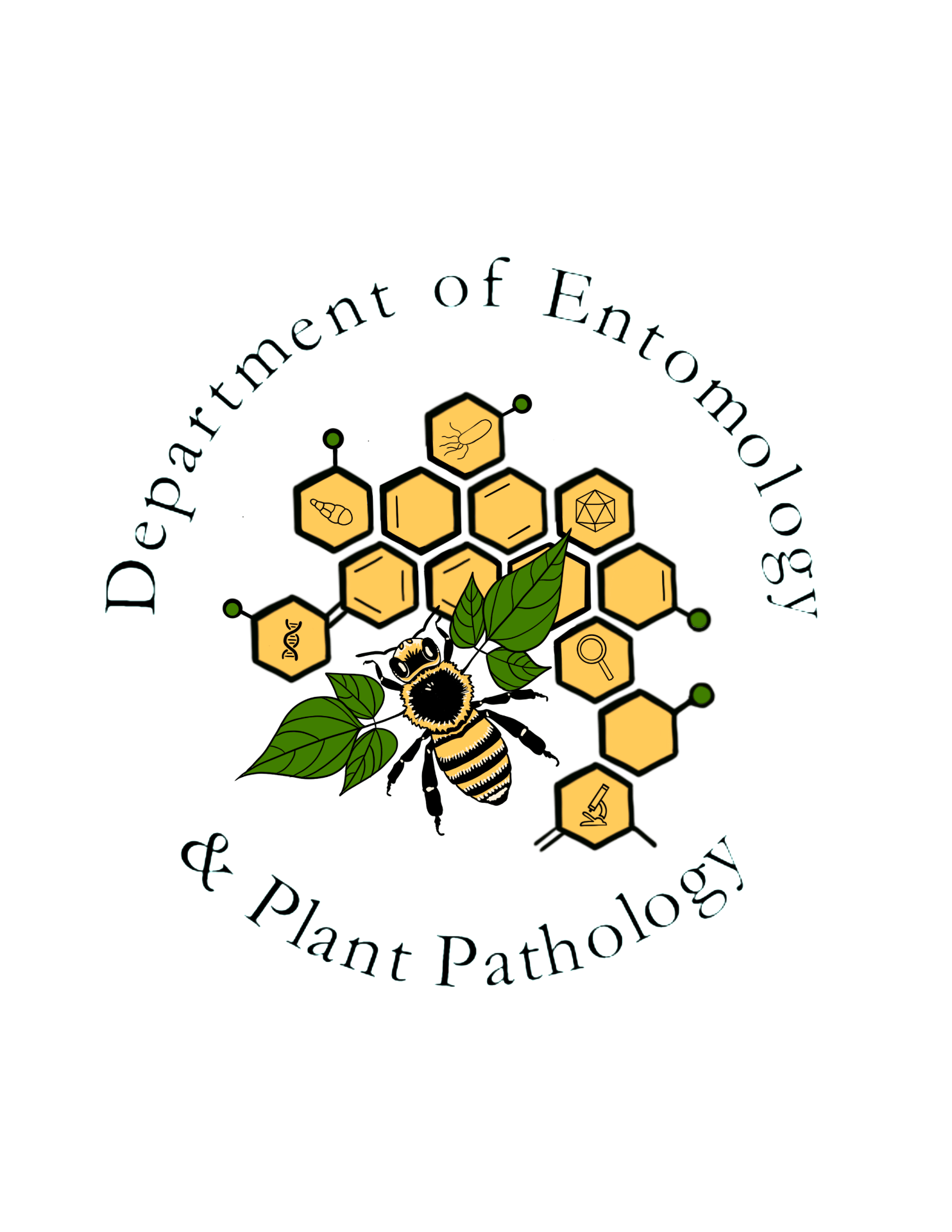Citrus, or frosted, flatid planthopper
Order: Hemiptera
Family: Flatidae
Genus and species: Metcalfa pruinosa (Say)

This species has been called the citrus flatid planthopper, but it actually occurs on a wide variety of woody plants, including many forest and orchard trees, grape and other vines, many kinds of ornamental and native shrubs, and some herbaceous vegetation. Perhaps a better common name for this species is frosted flatid planthopper, referring to the species name, pruinosa, which means frosted. Adults are a frosted gray color with darker spots at the bases of the front wings. They are wedge shaped, and about a third of an inch long. The frosted flatid planthopper ranges from southeastern Canada to Florida, west to Minnesota and California, south to Mexico, Central America, and Brazil. It was detected in Italy around 1980 and has since spread to other regions of Europe. This species winters in the egg stage. Eggs are scattered one by one in the bark of woody vegetation in late summer and early autumn. Eggs hatch in the spring. Because of the long incubation period, the egg is exposed to many hazards and is protected by a tough shell. The nymph’s escape from the egg is facilitated by an egg burster composed of two subparallel serrated blades attached to the embryonic cuticle. Nymphs mature in late spring to late summer, depending on the local climate. There is only one generation per year. This planthopper rarely causes significant damage to its host plants, but the nymphs produce a conspicuous and unsightly white, flocculent, waxy material on the stems of host plants.
